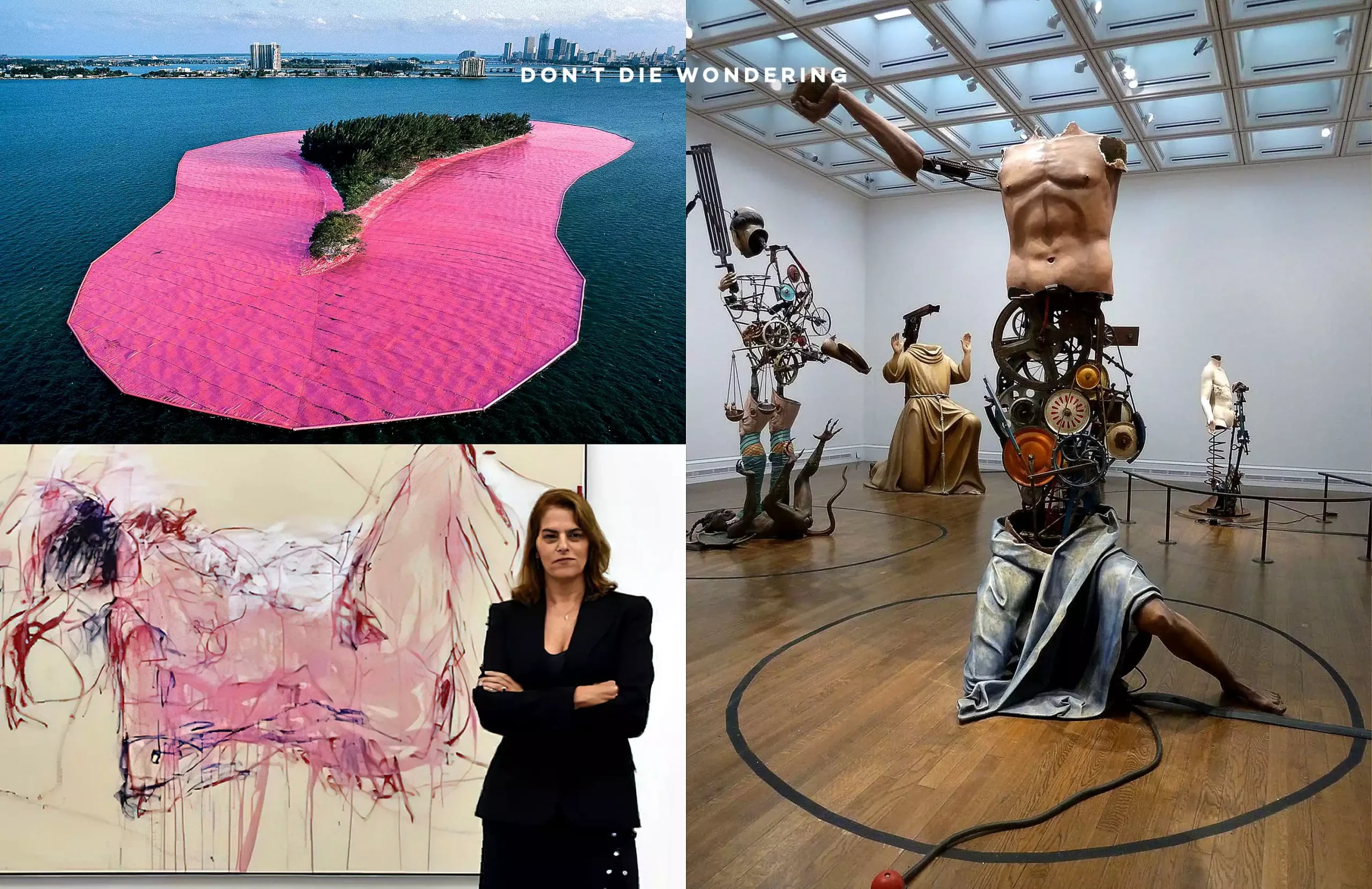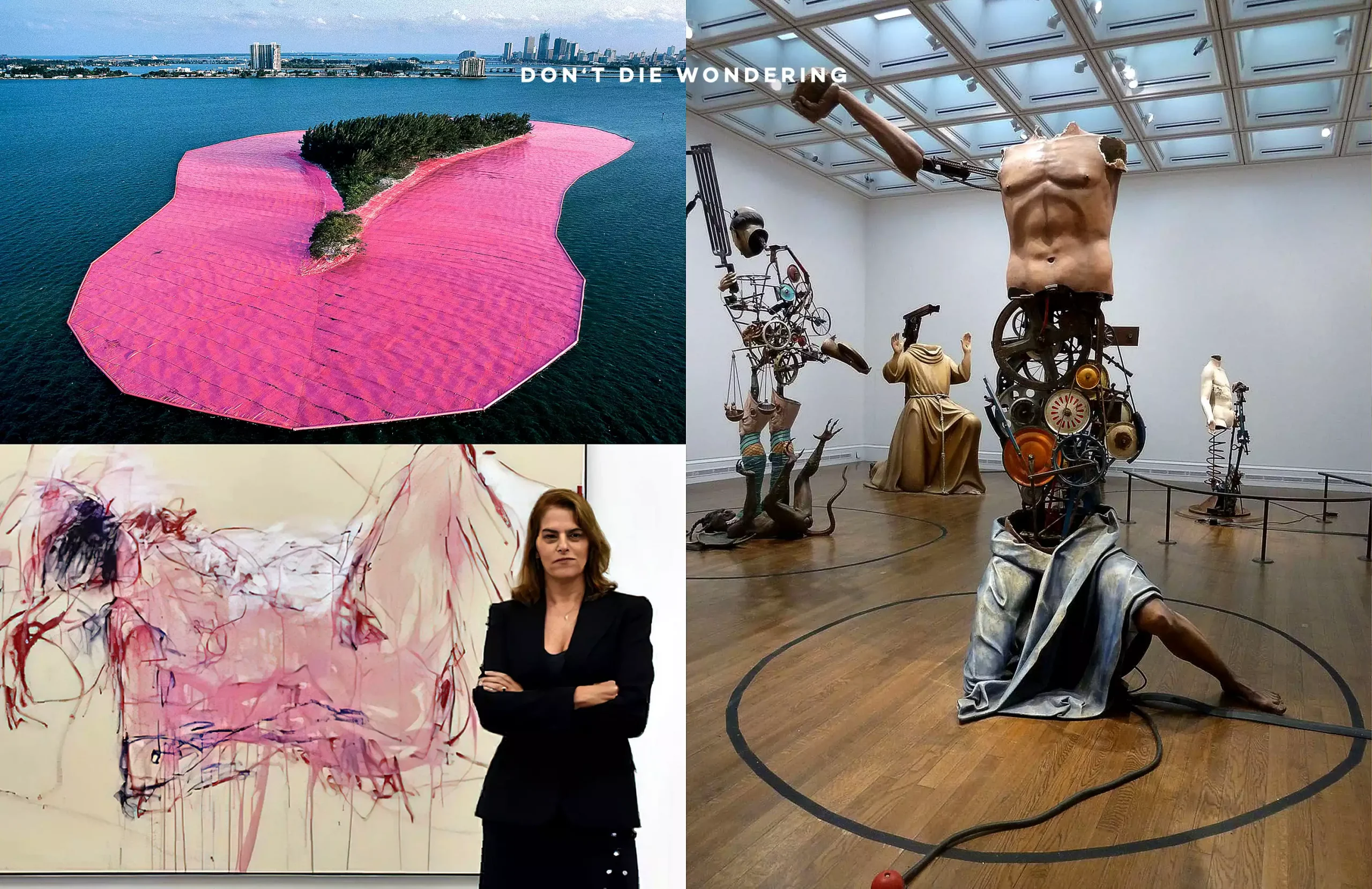For centuries works of art have been subjected to public and private criticism. It’s simply a part of the creative process. That said, while the creation of art takes talent and vision, so too does the exhibition of masterpieces.
After all, what IS art without someone to criticize it?
There have been several events that have sparked a feud between artists and art critics that, to one degree or another, remain to this very day.
But maybe this was the point of the presentation, a way to spark conversation and applaud the debate. A way to open our minds up to the other side, whether that’s to the side of the green grass–or maybe the one that needs some rain.
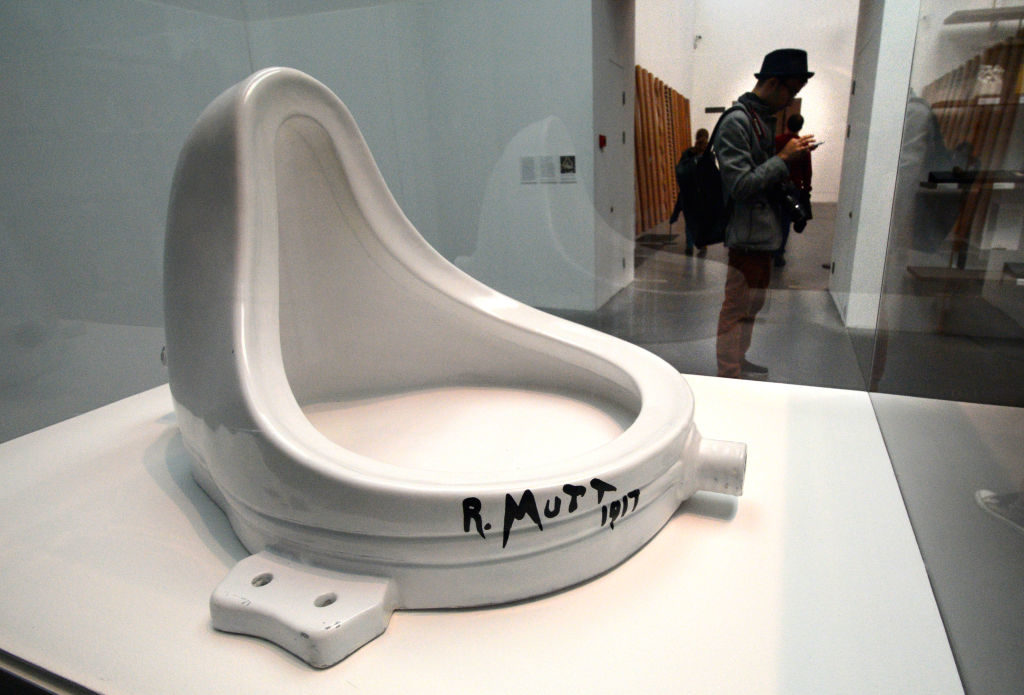
It’s these polar opposite conversations that ultimately drive a nation.
I love art because of how subjective and personal it can be. This is how artists express themselves to convey their truths and admit their defeats and thrive in their glory.
Nonetheless, the new look of the exhibition ended up attracting more interest from the press than the artist would have received anywhere else. So the lesson learnt is that even if you lose, you can still come out as a winner.
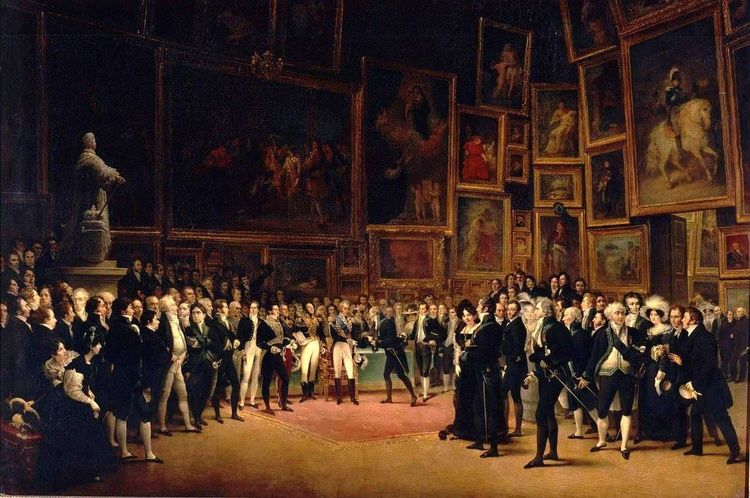
New art movements were spreading everywhere at the turn of the 20th century. Revising and even rejecting the modes and styles of the past. This led to even more diverse art and its criticism.
For example, who remembers Tracey Emin’s controversial installation piece, My Bed? First conceived in 1998, this unintentional piece occurred when Emin spent four days in the same bed after having a complete breakdown.
She was asleep and semi-conscious.
The day she eventually rolled out, she “looked at it and thought it was disgusting.” The mess and decay of her life were simply surrounding her. And then realised that this bed had saved her life and had kept her safe.
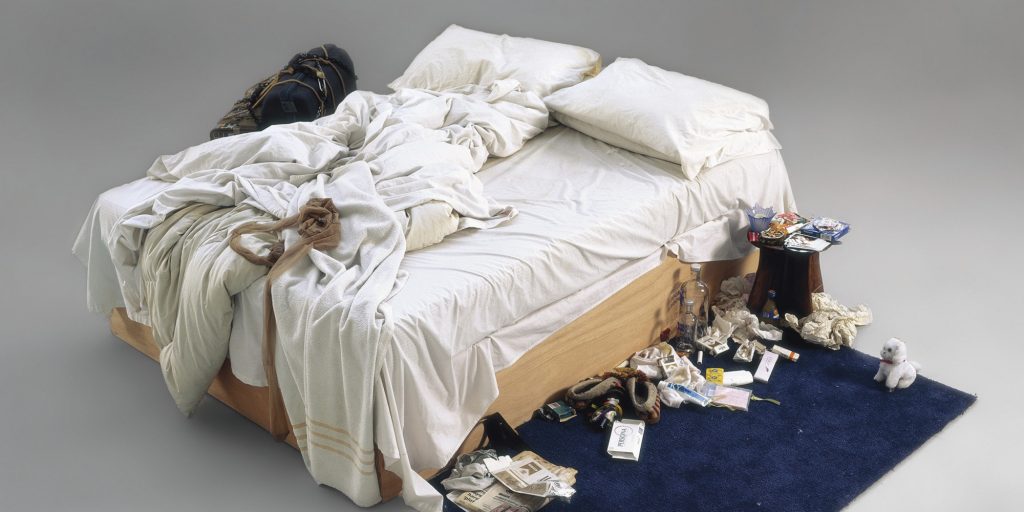
“At that moment, I saw my bed in a white space and realised it was art. But now, the bed has become like a ghost of my past. All the things around it don’t relate to me anymore; they relate to a much younger woman” – Tracey Emin.
The literal unmade bed was in the centre of the room, surrounded by contraceptive pills, condoms, alcohol, small nickers, belts and more. Everything had been kept the same – right down to the dirty sheets.
Art is not always supposed to be about looking; it is about feeling the emotion once you first see it. Naturally, this installation worked as people who looked at this everyday object saw disgust. Something that correlated with Emin at the time.
This installation brought about movements of people questioning the very topic.

What is art? Can a bed be considered a piece of art? Why should we care?
We love art that speaks to us but, at the same time, cannot seem to come to grips with it. It’s like a wrestling match within our minds, a constant yes or no, do I love it or hate it?
All in the name of art.
Public reaction was divided; according to The Londonist, “watching the destruction take place was “deeply unsettling” and “appalling” for some observers.”
Others have taken art exhibitions to the extreme by placing art on landmarks or in the middle of the sea, like Christo and Jeanne-Claude’s pink Surrounded Islands.

This 1983 installation was completed in Biscayne Bay in Miami. 11 islands were surrounded “by 6.5 million square feet of floating pink woven fabric covering the surface of the water,” their official website said.
For two weeks, the outdoor art exhibit was seen, approached and enjoyed by the public.
Controversial art defies reason and goes against the lateral flow of the world. It asks questions that we mere mortals cannot comprehend. We love and hate it because it simply confuses us, shocks us and yet enlightens us.
Art Exhibitions are supposed to bring people together to start conversations that matter most.
A debate worth having.
SEE MORE: Amanda Gorman | Cheers To The Young Poet Who Captured America

